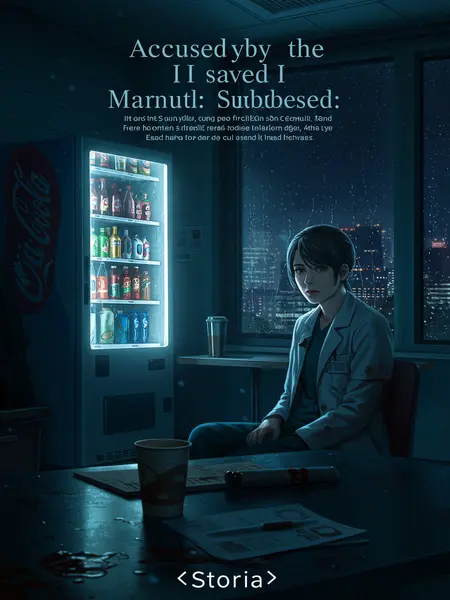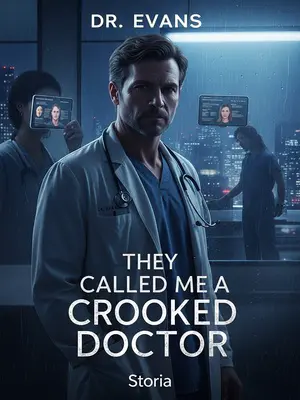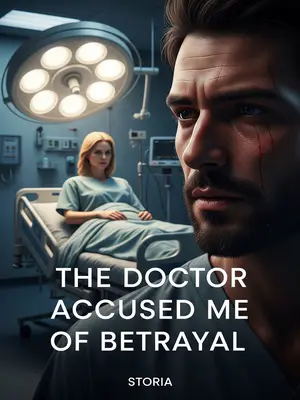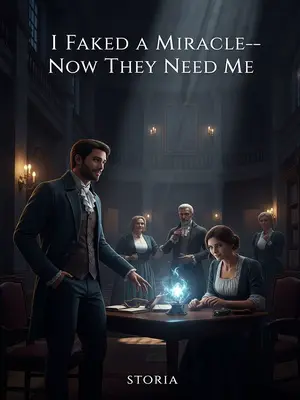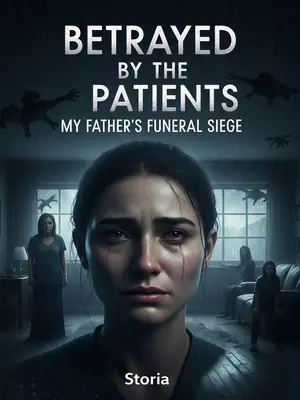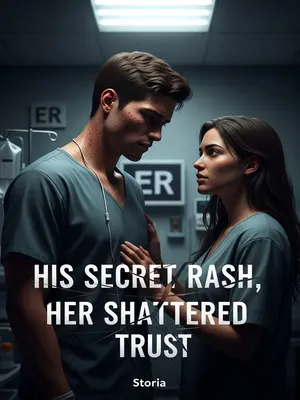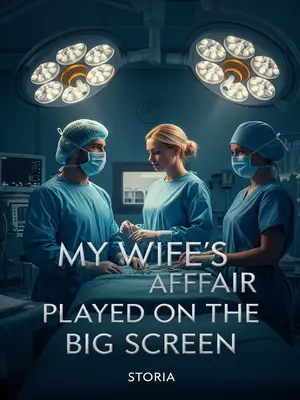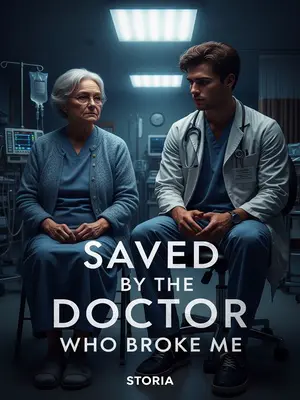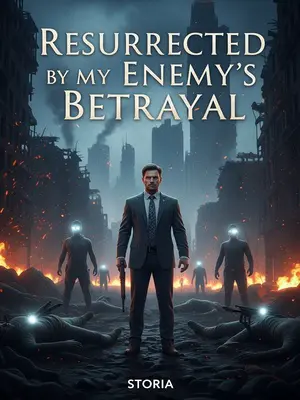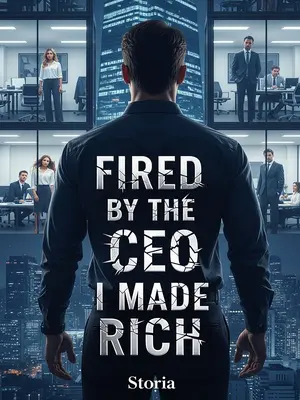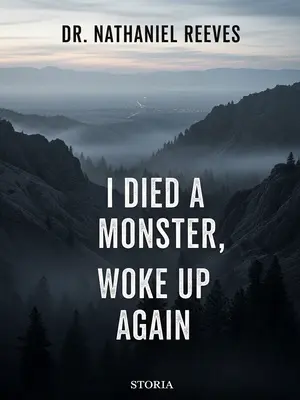Chapter 2: The Fall from Grace
I set down my notebook and hurried over to the outpatient building.
My name is Andrew Monroe—Monroe, like the president.
That line always got a smile from the front desk staff. Sometimes I wondered if I was named for James or Marilyn. Either way, it made for a decent icebreaker with patients.
I’m a doctor at a top hospital in a major city. Just a year ago, I was head of neurosurgery. But after one controversial surgery, I was demoted. Now, I’m just an attending in the inpatient department. My days are spent on rounds, mentoring interns—I’m not even allowed to operate anymore.
It’s strange, going from being the decision-maker, the one everyone deferred to, to just another cog in the machine. I still wore my old ID badge—the one with “Chief of Neurosurgery” on it, the edges worn from years of use.
Both my parents are doctors. My mom’s with the county health office; my dad’s an internist. I grew up on hospital stories and the smell of antiseptic. I learned to tie surgical knots before I could tie my own shoes—my dad’s idea of a bedtime story was a rundown of his trickiest cases. At eighteen, I got into the best medical school in the country, then went straight through to my MD and PhD.
We were a medical family through and through. Dinner table conversations were about case studies, not cartoons. I learned to do a perfect suture on an orange before I learned to drive. My parents were proud but never pushy—they just wanted me to be good, and to do good.
My mentor was Dr. Harold Carter, a legendary neurosurgeon. Under his guidance, I dove into medical research. By thirty-five, I was running the neurosurgery department, had a federal grant, and was recognized as a top expert.
Dr. Carter was one of those old-school surgeons—bow-tie, ironed lab coat, the kind of steady hands that made you believe miracles were possible. He taught me that it wasn’t about the glory, but the grind. The late nights, the endless reading, the impossible cases.
My specialty is brain nerve surgery—people call me "Monroe the Knife." No matter how tough the case, if it landed on my table, it was already half cured. Over the last decade, I’ve personally operated on thousands of patients. I’ve published dozens of papers in top journals: NEJM, The Lancet, JAMA, BMJ.
Somewhere along the way, my hands became famous. People came from all over, hoping I’d be the answer when no one else was. I tried not to let it go to my head—but the weight of their hope, their trust, that was something you felt in your bones.
But just when I thought life was set, one unexpected event knocked me down.
You never see it coming—the left hook that lands right when you think you’re safe. One minute you’re on top of the world, the next you’re checking your own pulse to remind yourself you’re still in the fight.
A year ago, Silver Hollow Regional Hospital sent me a letter inviting me to lead a surgery. The patient was twenty-six. Due to brain nerve damage, one side of his body was numb. Over the course of his illness, he visited dozens of hospitals across the country, but nothing worked. Not only did he not improve, he ended up paralyzed on one side.
The case was plastered across local news: “Young man’s life derailed by rare illness.” His mother launched a GoFundMe, their story making the rounds on social media. You could feel the desperation in every interview.
Without treatment, he’d spend the rest of his life in a wheelchair—at best, another six months before complications would threaten his life. Every major hospital gave the same answer: surgery. But this kind of brainstem nerve resection is extremely rare—hardly any neurosurgeons can do it.
It’s the kind of operation you read about in textbooks and hope never to face. The margin for error is razor-thin. A slip of the scalpel and you’re not just ending a career—you’re ending a life.
A doctor suggested the family bring in an out-of-town expert for a "specialist consult"—in the U.S., that means a renowned specialist from another hospital, usually for an extra fee.
It’s not uncommon—hospitals do it for difficult cases all the time. The logistics are a nightmare, but when hope is all you have, you find a way.
There are only three people in the world known to be able to perform this surgery: Dr. Philip at the Mayo Clinic, my mentor Dr. Carter, and myself.
It’s a small club. The kind of group you never want to need, but you’re grateful exists when you do.
Dr. Philip was out of reach for the family. My mentor, Dr. Carter, developed Parkinson’s three years ago—his hands shake, and he can’t operate anymore.
Dr. Carter still consults, but he can’t hold a scalpel steady. I’d visited him not long ago; his voice was strong, but the tremor in his hands told the real story. He watched over my shoulder from the gallery, still teaching, still giving me hell if I missed a step.
That left only me.
Funny how fate corners you like that. It’s you or no one.
After a lot of coordination, the family and hospital sent me an invitation to perform the surgery in another city.
They arranged my flight, hotel, even called ahead to the local paper. The hospital rolled out the red carpet, but underneath it all was a current of fear and hope so strong it was almost suffocating.
